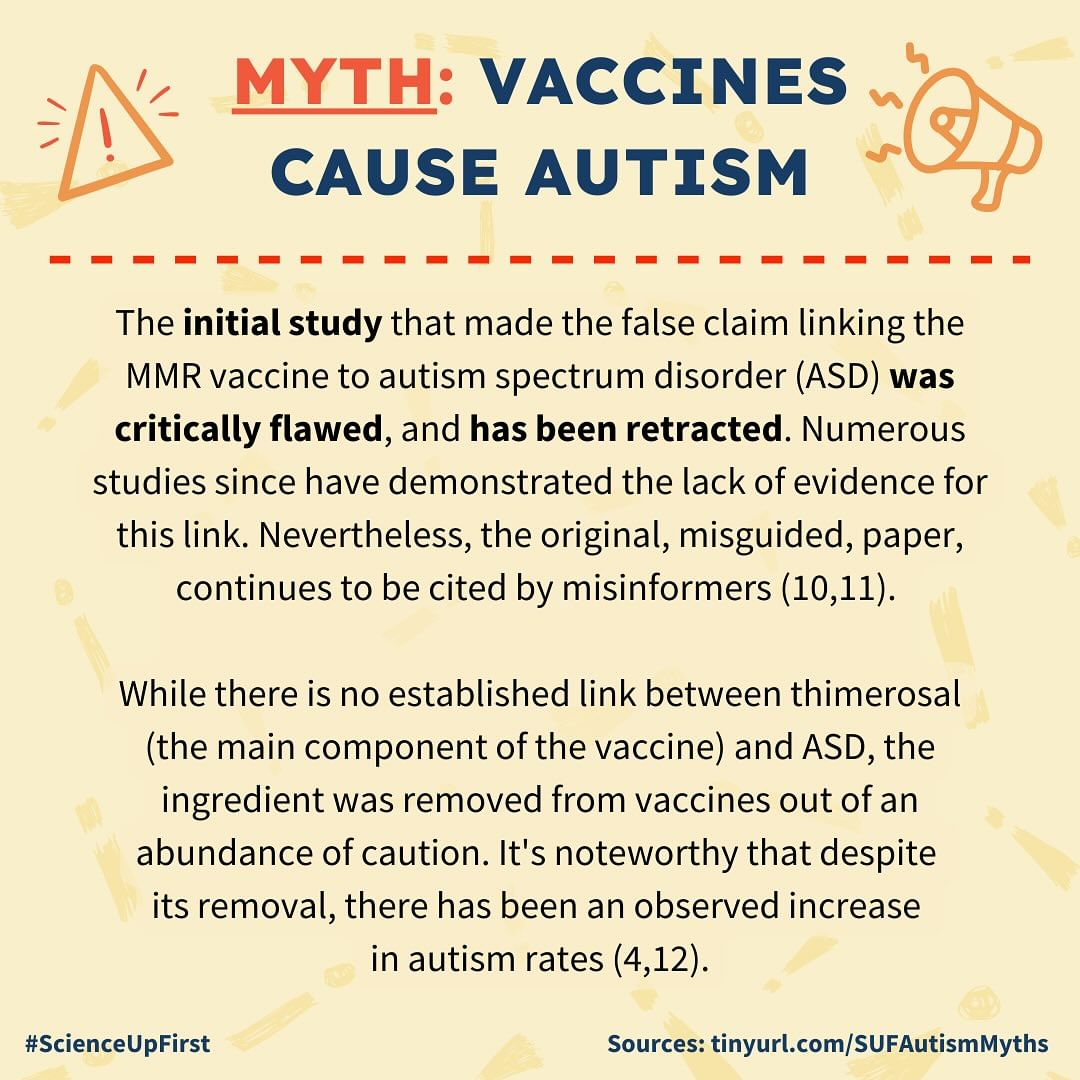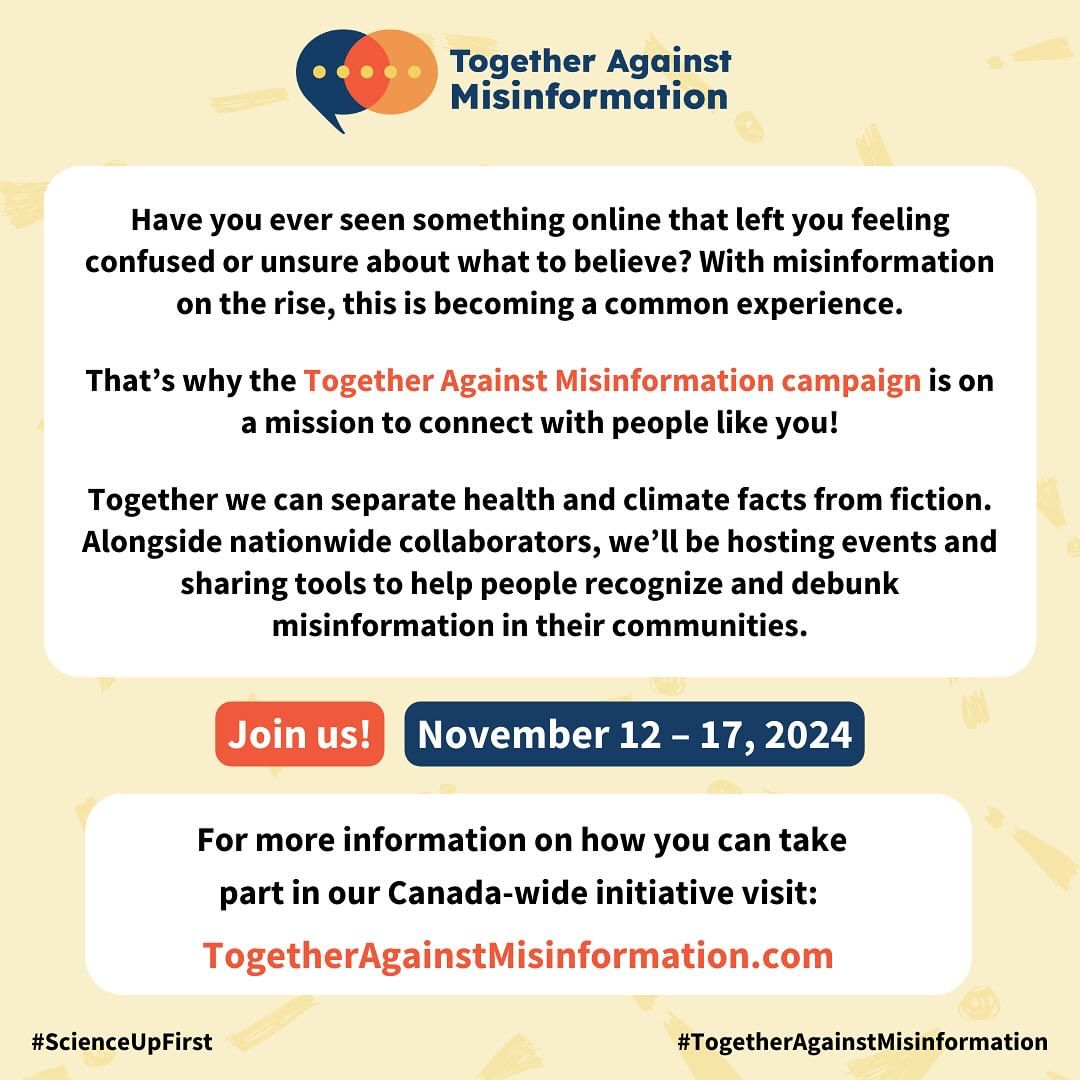An overview of the tools that can be used to counter misinformation including prevention tactics such as improving literacy and prebunking, and early-stage interventions focused on debunking, and active community engagement that includes attentive listening.
Category: Misinformation 101
-
Beyond misinformation: developing a public health prevention network for managing information ecosystems
-
Toolbox of individual-level interventions against online misinformation
An overview of nine types of misinformation interventions that includes their conceptualization, target, scope, and summary of empirical evidence supporting effectiveness.
-
Auditing Entertainment Traps on YouTube: How Do Recommendation Algorithms Pull Users Away from News
YouTube’s algorithm recommends entertainment over news content, which can lead people away from information or learning.
-
Can we blame social media for polarization? Counter-evidence against filter bubble claims during the COVID-19 pandemic
Mainstream media, and not social media, might be the more significant driver of polarization among partisan publics
-
Internet/Misinformation Hygiene Resources
Internet/Misinformation Hygiene Resources
This resource was created in response to requests from multiple members. It is meant as a short and easy-to-consult document to help you identify misinformation and discuss strategies to address it both online and offline.
A more thorough resource bank can be found here:
How to make yourself less vulnerable to misinformation
Curious about how vulnerable you could be to misinformation? Take this misinformation susceptibility test:
An instructional toolkit to build resilience against misinformation:
How to critically evaluate information and content you encounter online:
- What questions to ask yourself to spot misinformation
- Red Flags to look out for before believing or sharing information online
- Deepfakes and how to identify them (although the technology is evolving very fast)
- Thinking through the filter of the hierarchy of evidence
Be aware of the different misinformation tactics:
- Cherry Picking
- Causal Fallacy
- Firehose of Falsehood
- Slippery Slope
- Doubt Mongering
- Ad Hominem
- Impersonation
- Appeal to Nature
- Red Herring
- False Dichotomy
- Astroturfing
- The Persecuted Hero Narrative
- The Galileo Gambit
Be aware of the different ways that data can be misrepresented:
Be aware of common biases and fallacies, which we are all vulnerable to:
Science Literacy (and media literacy) makes us less vulnerable to misinformation:
- How does a scientific paper get published?
- How is funding for science obtained in Canada?
- What are Zombie papers?
- How do clinical trials work?
- Hierarchy of evidence
Facilitating difficult conversations and taking care of your mental health
How to help make conversations on polarizing topics more productive? (can apply both online and in-person):
- Make polarizing conversation more productive
- How to help people get out of misinformation rabbit holes
Sometimes, the best thing to do is to take a break from social media:
Resources, crash courses and guides
What are conspiracy theories, why do we believe in them, and how to tackle them:
- Conspiracy theory crash course
- What drives people to conspiracy theories and extremism, and what to do about it
A guide from the WHO on how to report misinformation online across platforms:
Questions to ask yourself when creating content for social media as an organization
Step by step guides to tackle misinformation
Media literacy is also essential in a changing digital media landscape. Media Smarts has many great educational resources:
Resources for addressing common climate myths:
- Evidence-based answers to hundreds of common climate myths (with basic and intermediate levels of difficulty and translated to dozens of languages)
Peer-reviewed research papers:
The efficacy of interventions in reducing belief in conspiracy theories: A systematic review
-
An analysis of literacy differences related to the identification and dissemination of misinformation
Those who subjectively perceive their critical thinking skills as strong are those who might struggle to recognition misinformation. In contrast, those with objectively-tested high levels of information and media literacy as well as critical thinking skills, do not often share misinformation.
-
Enhancing misinformation correction: New variants and a combination of awareness training and counter-speech to mitigate belief perseverance bias
Combining both awareness-training (increasing awareness of belief perseverance bias) and “counter-speech” technique (debunking with convincing arguments) showed effectiveness against people’s bias towards previously-established perspectives now shown to be inaccurate.
-
KFF Health Misinformation Tracking Poll Pilot
In relation to misinformation, most Americans are situated in a “malleable middle” holding some but not absolute levels of belief in inaccurate information. Misinformation exposures can lead to increased confusion and even “decision paralysis” around individual health decisions. Increased exposure to some media sources such as, for example, One American News Network (OANN) and Newsmax correlated with greater believe in misinformation topics.
-
Proportion and number of cancer cases and deaths attributable to potentially modifiable risk factors in the United States, 2019
Many cancer cases and deaths present risk factors that have the potential to be modified with preventive initiatives that, for example, reduce cigarette smoking or improve diets.
-
Who reports witnessing and performing corrections on social media in the United States, United Kingdom, Canada, and France?
Younger populations surveyed in the United States, Canada, the United Kingdom, and France (N=6,068) report being more likely to notice and perform information corrections on social media in comparison to older populations. In total, approximately 50% observed misinformation corrections and 26% performed them. (June 5, 2024)
-
The consequences of misinformation concern on media consumption
American Democrats of older age and with higher education levels expressed the highest concern with misinformation and as a result of this concern increased media intake of politically-aligned sources. (June 25, 2024)
-
COVID-19 pediatric vaccine authorization, FDA authority, and individual misperception of risk
Public commentary in response to the vaccine advisory groups’ meeting with the US Food and Drug Administration over the Emergency Use Authorization (EUA) of the COVID-19 vaccine in children (5-11) displayed overwhelming opposition to the EUA and vaccine-risk misperceptions. (April 19, 2024)
-
How Polarised are Citizens? Measuring Ideology from the Ground up
Increased polarization of citizenry is observed in seventeen European and North American countries, whereby centrist positions are shifting towards extremes on either side of the political spectrum. This is most pronounced in the United States. (February 21, 2024)


